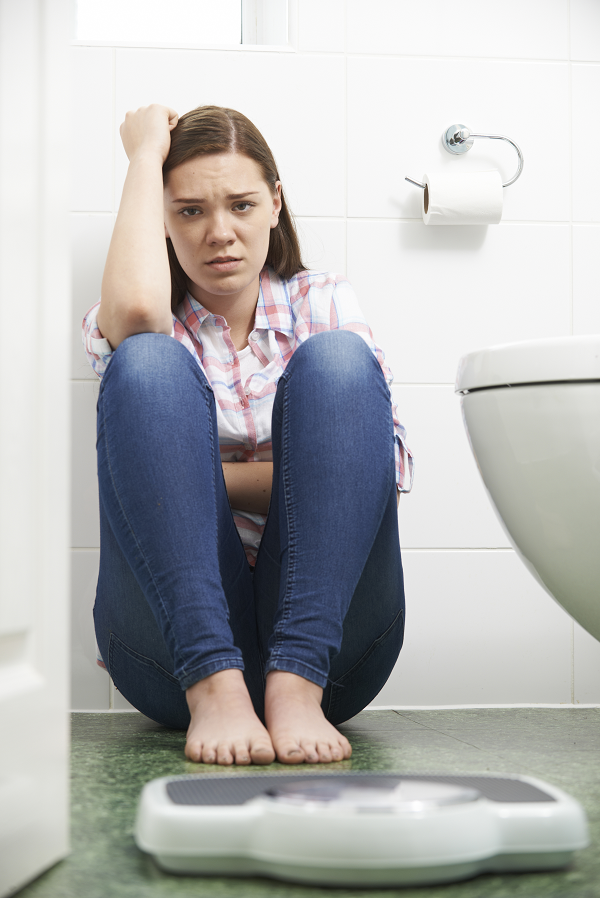The CDC reports that 1 in 3 Americans are at a risk of developing kidney disease.
Kidney health is least talked about and many are not aware of the risk factors. Diabetes, high blood pressure or a family history, may put you at a risk.
Others include frequent kidney stones, smoking, obesity and heart disease.
Luckily, with a few healthy lifestyle hacks and by eating healing foods you can lower this risk.
Top 5 Foods to Eat for Healthy Kidneys
1. Berries
3 factors in berries promote kidney health. They are:
- antioxidants
- anti-inflammatory agents and
- phytonutrients
A study found that blueberry antioxidants reduce stiffness of blood vessels. This helps lower high blood pressure which is critical for kidney health. They're also low in sodium and contain minerals for healthy blood pressure.
Also, red anthocyanins in raspberries are inflammation fighters. They reduce inflammation and also lower the risk of cancer in cells.
Likewise, nutrients in Cranberries like flavonols, and phenolic acids help prevent urinary tract infections. These nutrients prevent the bacteria from attaching to the urinary tract. This protects from infections, and the possible burden to kidneys.
2. Red grapes
Resveratrol is an antioxidant in grapes that gives them the characteristic red color. This compound reduces oxidative damage and prevents injuries to kidneys.
Studies show that resveratrol reduce injuries to kidneys caused by high blood sugar levels.
A rat study showed that taking resveratrol prevented damage to kidneys. It also reduced unwanted protein load for kidneys in diabetic rats.
3. Cruciferous vegetables
Cruciferous vegetables include cauliflower, broccoli and cabbage. Eating a cup of these veggies at least 2- 3 times a week protects your kidney.
Cabbage for instance, contains a compound called sinigrin, which helps fight cancers of kidney.
4. Bell peppers
Red bell peppers are low in sodium and potassium. They're ideal for patients with kidney problems.
Red bell peppers are rich in vitamin C and antioxidant lycopene. Both these nutrients are strong antioxidants that fight cancer and inflammation.
5. Onions
Onions are rich in an antioxidant called quercetin. Quercetin helps improve blood circulation to all organs. It helps relax the blood vessels, lower blood pressure, and supports kidney function.
In short, eating lots of fruits and vegetables is great for your kidneys.
According to a study eating salad vegetables at least 2 times a day lowered the risk of kidney cancers by 40%.
Here are a few other things you should be aware of when it comes to your kidney health.
5 Things on Your Kidney Health To-Do List
DO Eat more fiber.
Dietary fiber helps in weight loss, improves your blood sugar, blood pressure and cholesterol. All these factors play a role in maintaining kidney health.
DO Lower your salt intake.
Too much salt harms your kidneys. The recommendation is to consume 2400 mg of sodium per day.
Salt and sodium are not interchangeable terms. One teaspoon of table salt =2325 mg of sodium.
TweetAvoid products with added salt and packaged dinner. Always check canned foods for the sodium content.
DO Watch your protein intake.
Too much protein can tax your kidneys and make it work hard. Reduce eating protein like beef, meat, and dairy. Recent studies reveal that plant proteins are better than animal proteins for kidneys.
A study showed kidney patients who ate more plant proteins lived longer. They had a 33% reduced risk of death by eating plant proteins.
DO Choose organic.
Choose organic whenever possible. This reduces toxins and pesticide residues in your food. It also avoids the unwanted burden to your kidneys.
DO Limit oxalate-rich foods
Some people get frequent kidney stones than others. This is because their body absorbs excessive amounts of oxalates from food than others. This results in frequent kidney stone formation.
Avoiding foods rich in oxalates prevents this risk.
Foods rich in oxalates include spinach, rhubarb, beets, bran flakes, nuts, potato chips.
Drink plenty of fluids to stay well hydrated. Water is a simple way to flush out all the toxins in your body and water is like a helping hand to your kidneys.
Yours in Health,
Danette
P.S. Please share this with your friends and don't forget to leave me a comment below.






 Stacie Hassing is a Registered Dietitian and the co-founder of
Stacie Hassing is a Registered Dietitian and the co-founder of 
